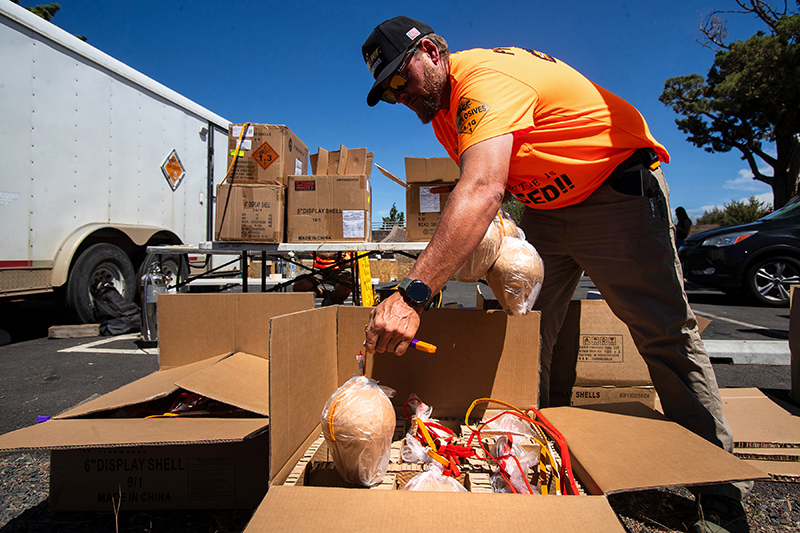In just two days, Oregon’s snowpack gets big boost
Published 3:15 pm Wednesday, January 10, 2024

- This stock image shows South Sister in the Cascades west of Bend and the Deschutes National Forest.
In two days, Oregon’s snowpack rose significantly, thanks to a heavy storm that shut down highways, closed schools and resulted in blizzard warnings in the Cascade Range and Blue Mountains.
While Oregon’s snowpack still lagged well behind normal on Wednesday, the picture appeared a bit less dire — and much less so in specific regions.
And the snow continued falling, with more in the forecast for the mountains.
As of Wednesday morning, Oregon’s snow-water-equivalent — the amount of water contained in snowpack — averaged 76.6% of the median from 1991 to 2020, according to the Natural Resources Conservation Service.
That’s up from 64.6% on Monday — and from 38% of normal across the state less than a week ago on Jan. 4.
Snowmelt runoff helps to fill streams and rivers for farms and fish.
In general, lower snowpack means earlier low summer flows, which could result in earlier water regulations.
Blizzard may rescue Oregon’s snowpack
Early snowpack well below normal in much of Idaho
Upper Snake reservoir volumes boost water-supply outlook as snowpack lags
Washington snowpack falls way behind
El Nino brings slow start to snowpack season in NE Oregon
Basin by basin
Several areas had significant gains from Monday, and only one region experienced a decrease, but that was relative.
• The Owyhee River basin dropped to 106% of normal for this time of winter, down from 110%.
• The Willamette River basin jumped to 75%, up from 51% just two days earlier.
• The Mount Hood, Sandy River and Lower Deschutes region rose to 69% of normal, well above the 46% on Monday.
• The Upper Deschutes and Crooked River basins increased to 70%, up from 51%.
• The John Day basin reached 80% of normal for this time of year, climbing from 66% on Monday.
• The Malheur basin hit 92%, up from 78%.
• The Rogue and Umpqua basins hit 74%, up from 60%.
• The Klamath region reached 60%, up from 48%.
• The Umatilla, Walla Walla and Willow region reached 66%, up from 55%.
• The Grande Ronde, Burnt, Powder and Imnaha region rose to 67%, up from 58%.
• The Harney region rose to 103%, up from 97%.
• The Lake County and Goose Lake area hit 57%, up from 55%.








